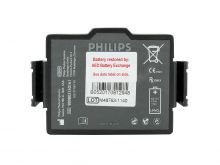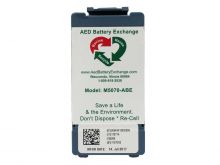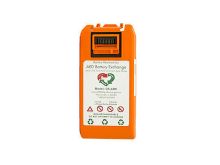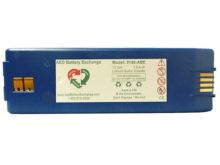Defibrillator
What is an AED?
Defibrillators or AEDs (Automated External Defibrillator) are safe, portable, medical devices that use electricity to shock the heart back into its normal heart rhythm in the event of a sudden Cardiac Arrest. These user-friendly, automated devices are specifically designed for easy public access, and simple enough for any bystander to use. AEDs are crucial to saving lives across the country in schools, hospitals, nursing homes, residences and public places.
How to care for your AED and AED battery
AEDs require minimum to no maintenance, but it is still vital to the operation of your device to do a regular check of functions to assure readiness. Manufacturers provide recommendations and a suggested maintenance check schedule with your AED. These included, simple maintenance instructions should be followed and can greatly extend the life of your device. AEDs do automated self-checks, but it is still important to check your device and its accessories routinely to make sure your AED is "Rescue Ready" and working efficiently. This ensures your device's integrity and makes sure that you remain within state and manufacturer maintenance compliance standards.
When do I have to replace my AED battery?
AED batteries should be replaced every 2-5 years depending on the manufacturer. Most AED replacement batteries have a shelf life of up to 5 years. Each make and model have their own battery replacement date. Make sure you know yours and have a replacement ready!
How long do AED batteries last?
AED batteries and their replacement batteries have a Lithium Sulfur or Manganese chemistry which provides a stable, longer lasting power source, and higher voltage. Differing makes and models have varying features, but most AED batteries have a life of 2-5 years, while replacement batteries have a reliable shelf life of up to 5 years. These batteries are designed with a durable construction and high capacity to guarantee safe long-term storage whether in the back of law enforcement vehicles, ambulances or medical cabinets in hospitals and schools.









Login and Registration Form